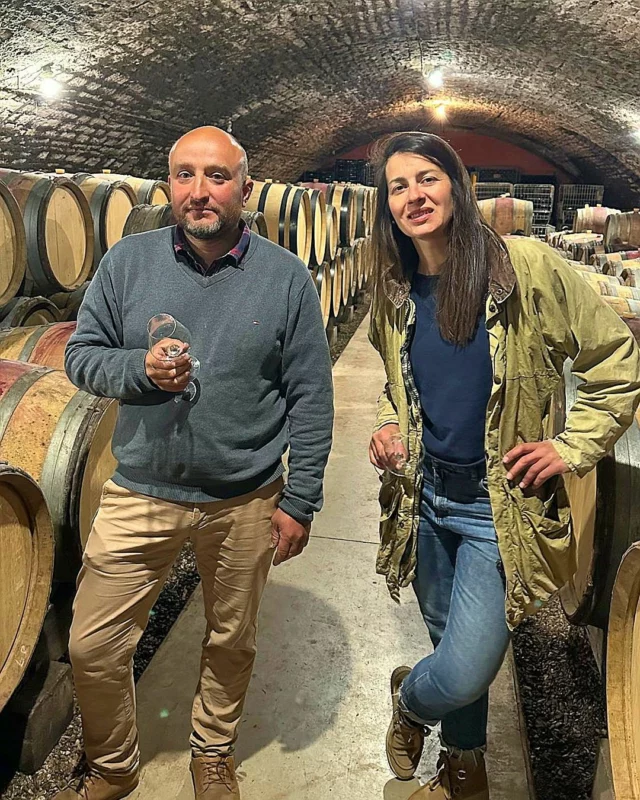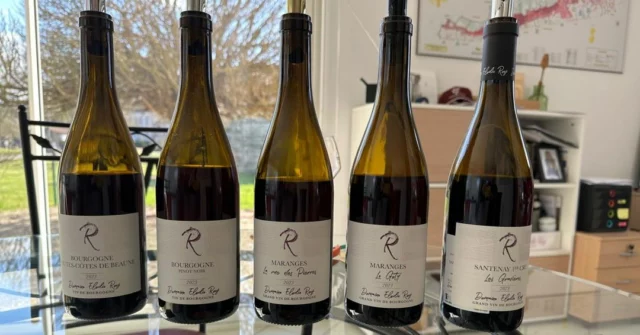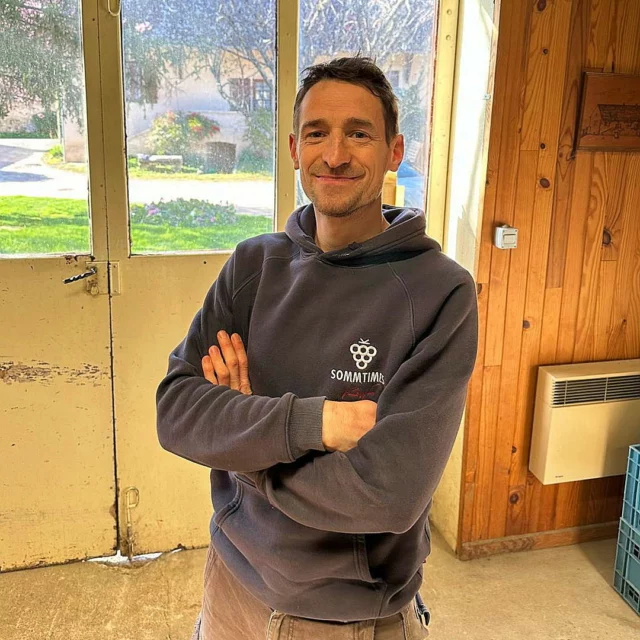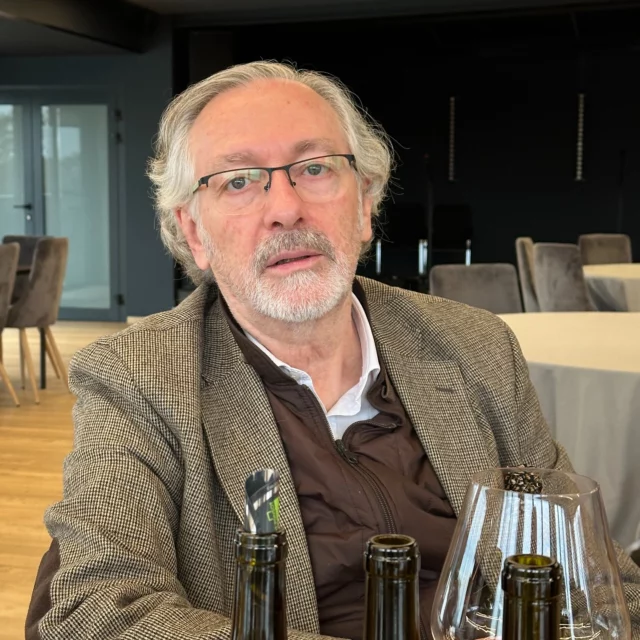From The Wine Conversation with Sarah Kemp (wine-conversation.com)
Jasper Morris MW, author of “Inside Burgundy” and the brilliant website www.insideburgundy.com, explores the Côte Chalonnaise. The vineyards start where the Côte d’Or ends, with the valley of the River Dheune, just south of Santenay. Its terroir is clay and limestone, but the landscape feels different, as there is no one escarpment, and the land is more wooded, creating a more varied terrain.
The main grapes are Pinot Noir, Chardonnay and Aligoté, but there is also a small amount of Gamay and Pinot Blanc. There are five villages, Bouzeron, Rully, Mercurey, Givry, Montagny and two sub-classes of Bourgone: Bourgogne-Côte Chalonnaise and Bourgogne-Côte de Couchois.
Bouzeron has plenty of Pinot Noir and Chardonnay on its east-facing slope, but on its west-facing slope you find Aligoté – as Jasper explains, “Aligoté has been Bouzeron’s calling card,” and in 1998 they decided to create an appellation just for Bourzeron and Aligoté. It most renowned producers are Domaine A&P de Villaine, Maison Chanzy and Domaine Champs de Themis.
Rully makes sparkling wine and some good Aligoté, but is mainly known for its Chardonnay. Jasper explains, “The wines are not particularly long-lasting but they don’t need to be, because they are so lovely.” The producers to look out for are P&M Jacqueson, Domaine de la Folie, while Jasper picks out Vincent Dureuil-Janthial as the biggest star.
Domaine Faiveley put Mercurey on the map, and Mercurey remains the most famous of the villages. This is red-wine territory, with the wines being more structured and more tannic, though as Jasper notes, this is changing a little with new Pinot Noir plant material. Château de Chamiray is a major player in the area and a name to look for is Domaine Bruno Lorenzon.
Givry is similar to Mercurey, in that it is red-wine country, with only 15% whites produced. Producers to seek out include Domaine du Cellier aux Moines, which Jasper highly recommends, and Domaine Joblot, Domaine Thénard, François Lupp and his cousins, Domaine Ragot and Domaine Laurent Mouton.
Montagny is a white-wine-only appellation. Jasper describes its taste as different from other Burgundian whites, more like “crushed oyster shells like Chablis, though not so iodine.” His names to look out for include Cave de Buxy, the largest producer in the Côte Chalonnaise, and the negociant Louis Latour has considerable holdings, the star producer is Domaine Stéphane Aladame, but there is a raft of new producers including Domaine Laurent Cognard, Domaine Feuillat-Juillot, Domaine Berthenet.
You can also find Jasper’s guest appearances on other Podcast and Video channels we work closely with:



 NEW TASTING REPORT
NEW TASTING REPORT Laurent Ponsot 202
Laurent Ponsot 202

